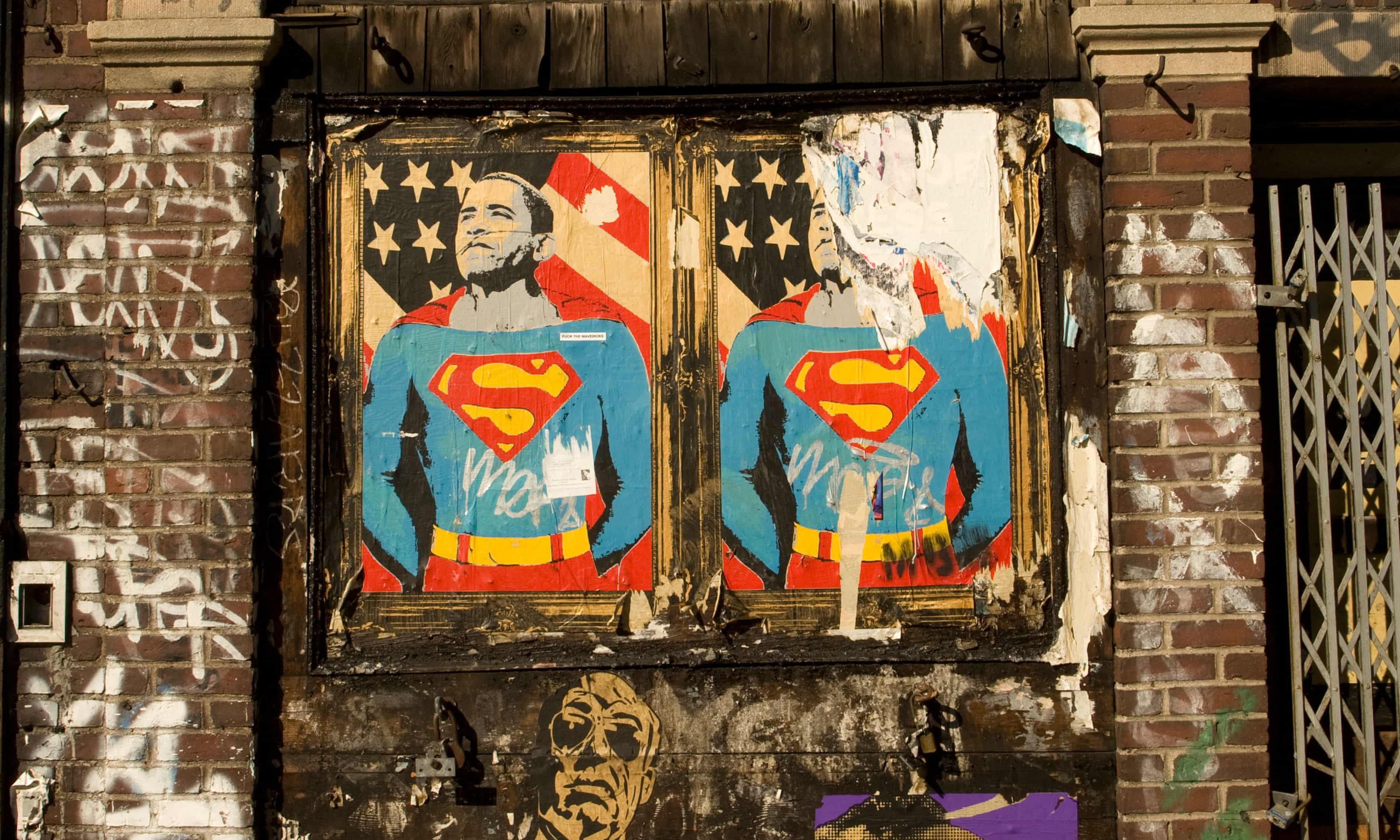Part of a Larger Battle: A Conversation with Thomas Chatterton WilliamsPosted in Articles, Interviews, Literary/Artistic Criticism, Media Archive, Philosophy, United States on 2020-07-17 14:44Z by Steven |
Part of a Larger Battle: A Conversation with Thomas Chatterton Williams
Los Angeles Review of Books
2020-07-16
Otis Houston
Portland, Oregon
I FIRST INTERVIEWED Thomas Chatterton Williams for the Los Angeles Review of Books in the spring of 2019. We discussed his then-forthcoming book, Self-Portrait in Black and White: Unlearning Race, as well as the state of the discussion about race in in the United States, including the popular movements for social justice born of the increased visibility of the killings of black Americans by police.
I recently spoke with Thomas again about what has changed in the way we talk about race and identity. We also discussed the effects of the collision of social justice theories with art and institutions, and the best-selling books that are now influencing the national mood and tracing the borders of generational and ideological difference in the United States in 2020.
Thomas is a contributing editor at The New York Times and a columnist at Harper’s. He spoke to me by phone from his home in Paris, France. The following conversation has been edited for length and clarity.
OTIS HOUSTON: At about this time last year we discussed Self-Portrait in Black and White: Unlearning Race. One of your main arguments was that, in order to transcend racism and the social hierarchies it imposes, we have to commit to rejecting the very concept of race and its centrality in determining our identities.
One year later, in a time of mass protests in response to the killing of George Floyd, it seems to me like we’re seeing the media and some of the most prominent voices in the antiracism movement moving further away from the view of race and identity you’ve been advocating for. Increasingly, they argue that effective opposition to racism requires racial identity to always be foremost in our minds, both in the way we view politics and society and in our daily interactions with one another. This ideological movement is perhaps most visible in the books How to Be an Antiracist by Ibram X. Kendi and White Fragility by Robin DiAngelo, which have topped best-seller lists for weeks now. How would you describe this shift in thinking?
THOMAS CHATTERTON WILLIAMS: I see that as kind of a lamentable movement, actually. The two books that have dominated the conversation — and I mean dominated — are books that brook no middle ground and occlude any nuance. Robin DiAngelo’s central thesis, for instance, is that white people function not as individuals, but as a category, as a monolith that is inherently racist. According to her, to deny that you’re racist as a white person is proof of your racism, and to admit that you’re racist as a white person is proof of your racism, and the circular logic is airtight…
Read the entire interview here.




